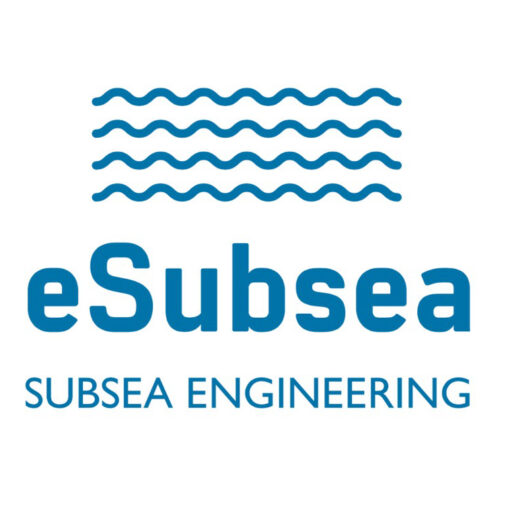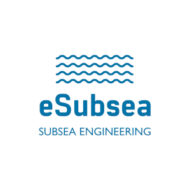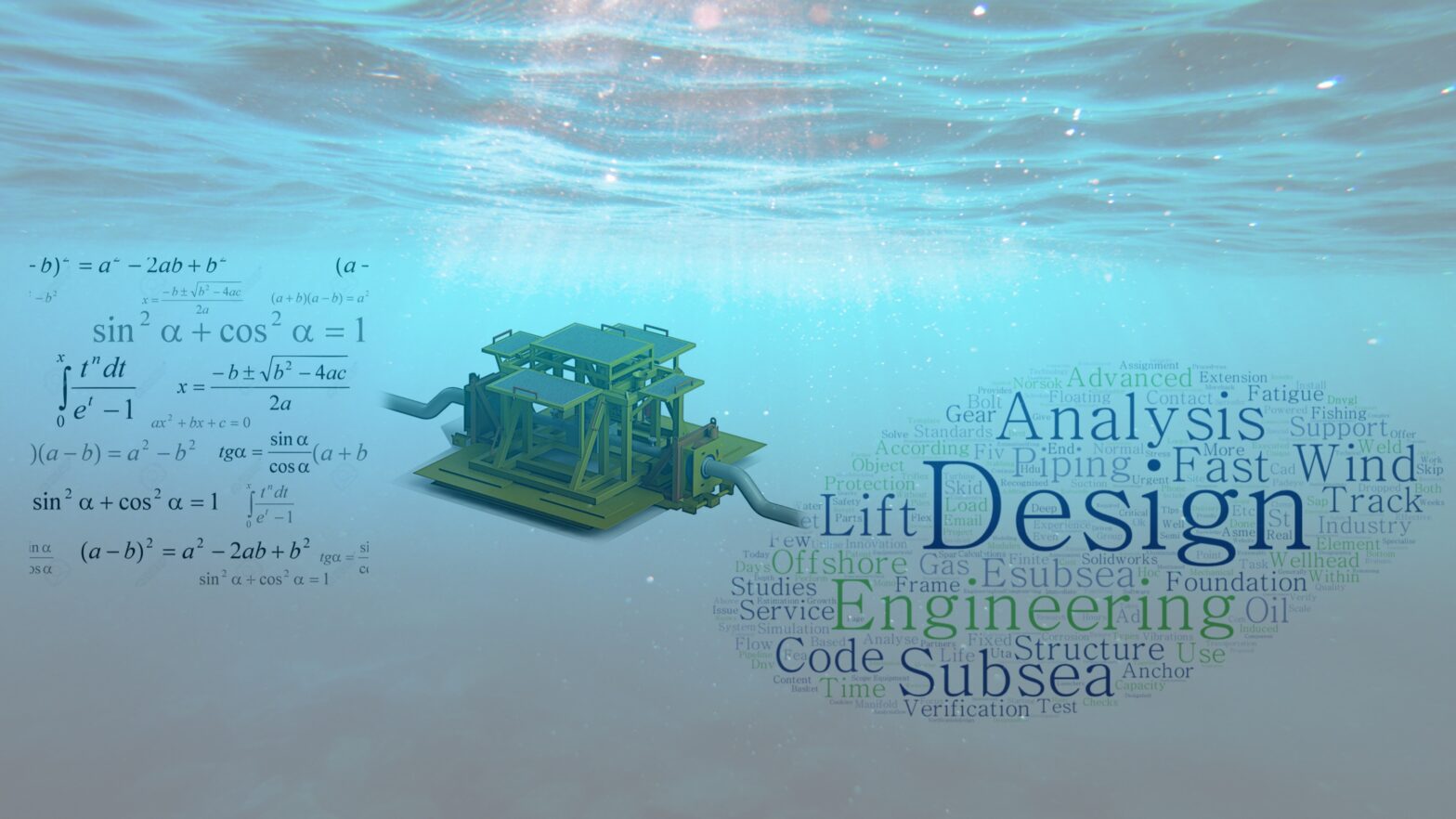eSubsea perform engineering, procurement and construction (EPC) of rigid jumper spools including 3D modelling and drawings and piping analysis. These jumper spools are used to connect the flowlines or pipelines with the well on subsea template and manifolds or to a satellite subsea well. The spools can be horizontal spools or vertical jumpers depending on the subsea connection system used.
The rigid spools are also important for the flexibility and to avoid that large forces from pipeline thermal expansion are going into the subsea structures.
Well Jumper Spools Shapes
The flexibility can be altered by the shape design of the rigid jumper spools. The shape can typically be U-shaped, L-shaped or Z-shaped, but other more complicated well spool shapes are possible from the flowline or pipeline to the well connection. The deck space on the installation vessel and complexity of the installation could limit the size and shape.
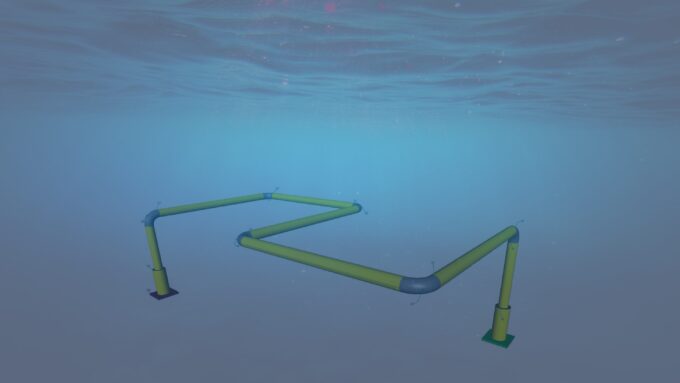
eSubsea can estimate the loads on the subsea jumper spool from installation, connection and operation. The fatigue loads that needs to be considered are Vortex Induced Vibrations (VIV) or drag force analysis, Flow Induced Vibrations (FIV), thermal expansion and slugging.
The subsea jumper spools or tie-in spools have the contradicting requirements that they require flexibility for absorbing thermal expansion forces from the pipeline displacement whilst at the same time needs to stiff enough to avoid fatigue issues from vibrations.
Jumper Spool Pipe Stress Analysis
The operating design pressure and the choice of piping design code (typical DNV-OS-F101) is driving the wall thickness calculations. In addition to the hoop stress from pressure, the longitudinal stress from all operating load cases needs to be included. We use TRIFLEX piping analysis software to analysis the jumper spools for all load cases including onshore and offshore pressure testing.
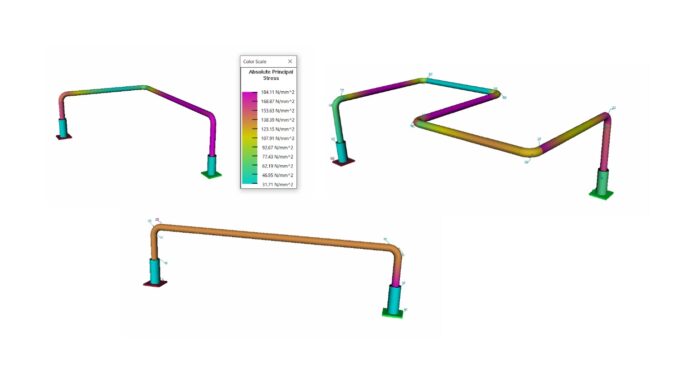
The metrology and fabrication tolerances of the tie-in connection points where the two ends of the jumper spool need to be connected to, can lead to large residual forces after connection. There are both translational and angular or rotational misalignments that could cause high stresses in the subsea piping spool. Today there are subsea connection systems available that can be made up at an angle of up to +/- 3 degrees which will drastically reduce these connection stresses. SubseaDesign AS in Norway have developed such a clamp connector called SeAlign.
